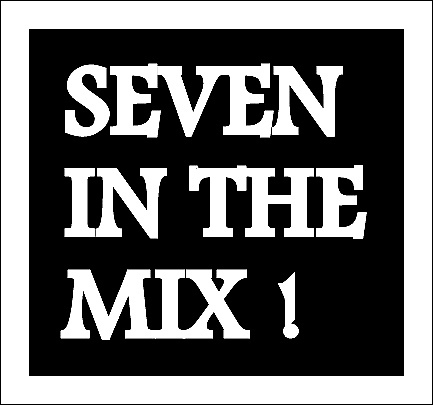Download links for: The and: The Gathered and Scattered Church


Reviews (see all)
Write review
I wasn't disappointed in this book. Hugh Halter delivered as usual. refreshing as always.
Says a lot of the same stuff he's already said in Tangible Kingdom.
Good book
Other books by Middle Grade & Children's
Other books by Hugh Halter
Related articles












